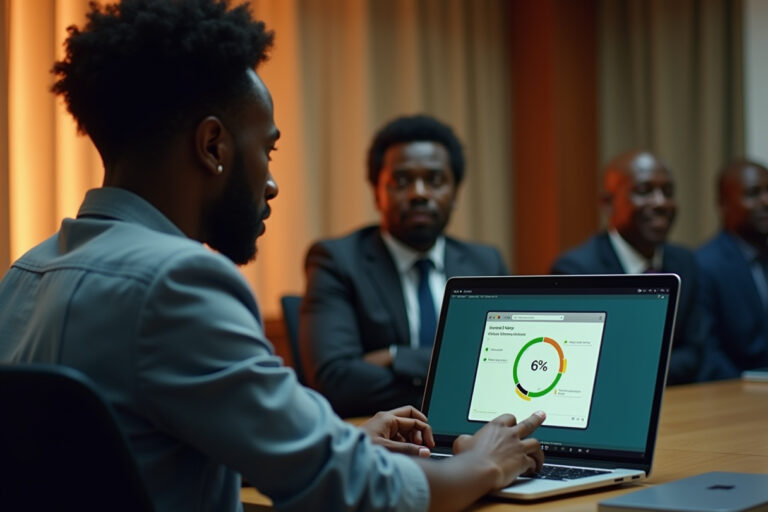A Creative Call for Empathy in Lawmaking and Leadership
The screen froze again.
A slow-loading web app, a painfully cheerful icon, and the unmistakable feeling of what on earth is this supposed to be?
“I paid for this?” I muttered, blinking at the cartoonish dashboard with oversized buttons and no meaningful function. “Is this an animation tool or a toy shop interface?”
The platform was clunky, unresponsive, and did not even allow for basic motion. Yet the developers had marketed it as a revolutionary animation app. For whom, though? Toddlers with broadband?
It got me thinking. Maybe the creator built it for their child, then decided it was good enough for the public. Maybe they assumed we’d all be too polite, or too exhausted, to complain. Maybe they thought technical ability was the same as usefulness. Or worse, maybe they believed that because they found it easy to use, everyone else would too.
That, Honourable Legislator, is where empathy walks out of the room and incompetence strolls in with a clipboard.
“Empathy?” one might ask, squinting as though it’s a foreign term. “That’s a tech thing, isn’t it?”
Not quite. Empathy is a tool of public leadership. Perhaps the most underrated one. In UX design, empathy is the practice of understanding people. Not just their needs, but their limitations, their emotions, and their environments. In governance, it is how you write a law for someone whose life looks nothing like yours.
It is easy to pass a regulation that works for the majority. It is far harder, and far more meaningful, to design systems for the margins.
Imagine this. You have a nephew with Down’s syndrome. He needs to be able to navigate his environment independently. Would you install smart lights for him, or just tell him to “figure it out”? Would you create something with him in mind, or design something that works for you and hope he adjusts?
Now replace the light switch with public transport. Or digital services. Or a cash transfer programme. Or school feeding schemes. Or business registration processes.
It is the same logic.
I once asked someone why a government health app didn’t work on Android phones.
“It works on iPhones,” they said.
“Yes, but your rural health worker doesn’t own an iPhone,” I replied.
They blinked. And shrugged.
There it was. The shrug of governance.
It is not always malicious. It is just absent.
Absent of context. Of connection. Of empathy.
The truth is, too many public systems are built like that animation app I tried to use.
Not because there’s no money.
Not because there’s no talent.
But because the system wasn’t designed for the people actually expected to use it.
When laws or services fail, it’s not always because of poor policy. Sometimes, it’s just a bad fit.
A beautifully written law that no one can access.
A digital tool with no offline option.
A reform that looks good on paper but collapses under real-world complexity.
And the irony? These failures are entirely preventable.
If empathy became a habit in public life, imagine what would change.
Constituents wouldn’t just feel represented. They would feel seen.
Policies wouldn’t just exist. They would work.
Leaders wouldn’t have to beg for trust. It would be returned with quiet confidence.
Of course, empathy isn’t magic.
It isn’t a slogan for a keynote speech.
It is a discipline. A daily choice. And like any good habit, it takes time to build.
But here’s the good news. If a developer with no real audience can turn their child’s hobby into a half-baked app and expect the world to pay for it, surely a legislator with a constituency can learn to lead with empathy.
In my next piece, I will show you how to do exactly that. No downloads required.





